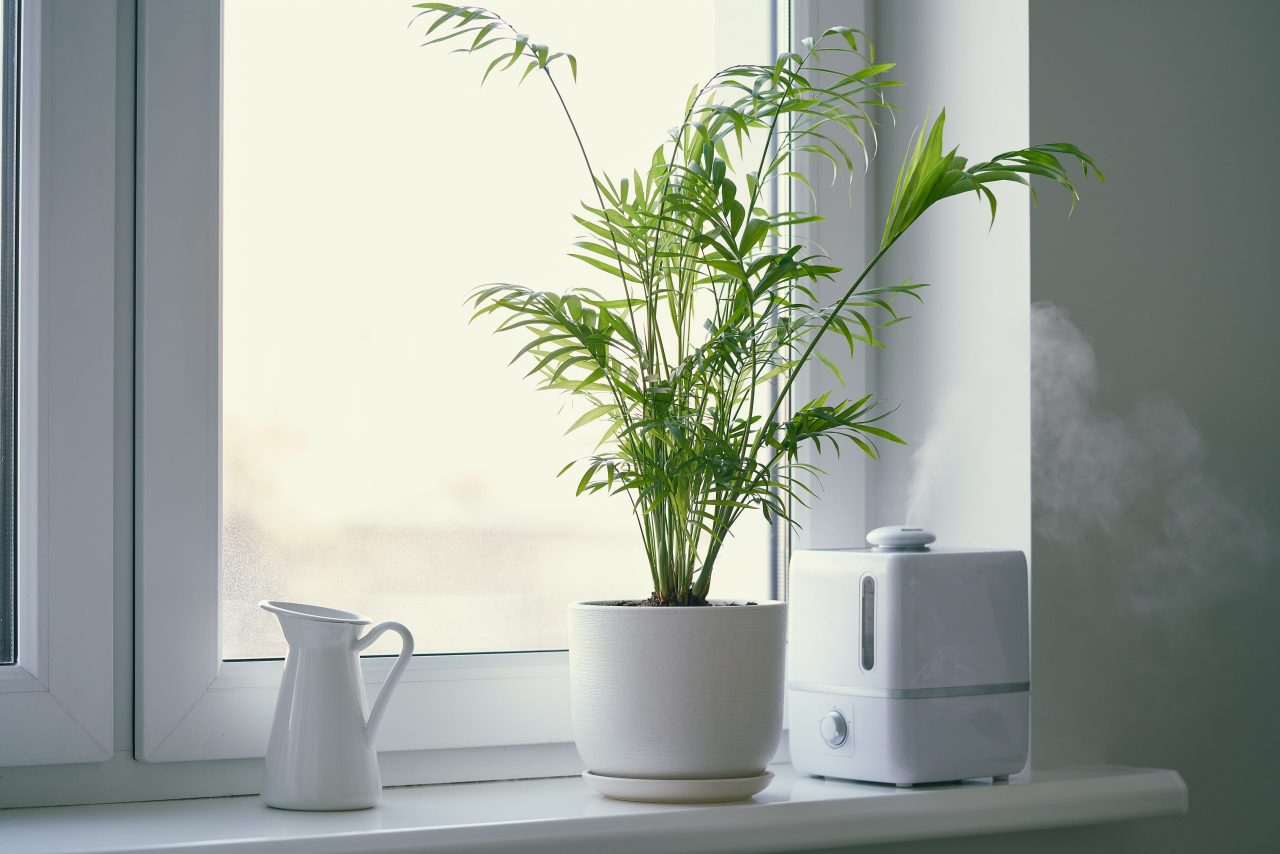An air purifier is a device capable of eliminating polluting elements in the home, from smoke to particles that float in the environment. This equipment “absorbs” the air, filters it and returns it to the clean environment, thus allowing a constant renewal of the air while it is in operation.
Its main function is to clean and purify the air we breathe in order to have a better quality of life, since it removes particles and pollutants that decrease the quality of indoor air.
There are different types of purifiers
- Basic filters: usually washable or interchangeable, they can be made of various types of materials such as foam, cotton, fiberglass.
- HEPA filter: it responds to the acronym in English of high efficiency particulate filter (high efficiency particulate air) and is composed of a fiber mesh, which can be made of different materials. Its use ranges from application in small household appliances to much more complex systems such as air filters used in aviation.
- Ultraviolet (UV) Purifier – is based on ultraviolet radiation technology and is designed to destroy airborne bacteria, germs, and viruses.
- Air ionizer: creates negative ions, through a process in which it electrically charges molecules of the gases in the air, and therefore attracts these annoying and health-damaging particles.
According to their use they can also be classified
- Domestic air purifier: They remove between 200 and 300 m3 per hour. They are also usually very powerful devices. They can be installed in homes (kitchens, living rooms, bedrooms, bathrooms).
- Industrial air purifier: They are recommended for professional use. They are used for large areas as they can filter up to 1000 m3 per hour.
How an air purifier works
The operation of air purifiers is divided into several stages:
- Electrostatic filter: represents the first contact of the air with the device. It works through ionization and is designed to trap the largest particles.
- G4 filter: It is a series of meshes that trap medium-sized pollutants.
- Activated carbon filter: In this part the air purifier retains the smallest particles.
The advantages of air purifiers
The use of these devices entails a series of advantages that, later, are reflected in the health of the people who live or work in the place where they are, as well as in their breathing capacity, once they:
- Clean the air of all allergy-causing particles and impurities.
- They can breathe in any potential smoke in the air.
- Remove approximately 99% of dust particles larger than 0.3 microns.
- They remove various pollutants in addition to dust, animal hair, or pollen.
Where to use an air purifier?
Air purifiers can be used in any room and is beneficial against particles that cause allergies (pollen, mites, pet dander) so people with asthma – some models as mentioned eliminate up to 99% of the largest dust particles at 0.3 micrometers-, skin sensitivity or dermatitis or respiratory problems, even headaches, may notice its benefits.
At Kalstein we are MANUFACTURERS of medical and laboratory equipment at the best PRICES on the market, that is why we invite you to take a look at the Products menu. HERE


